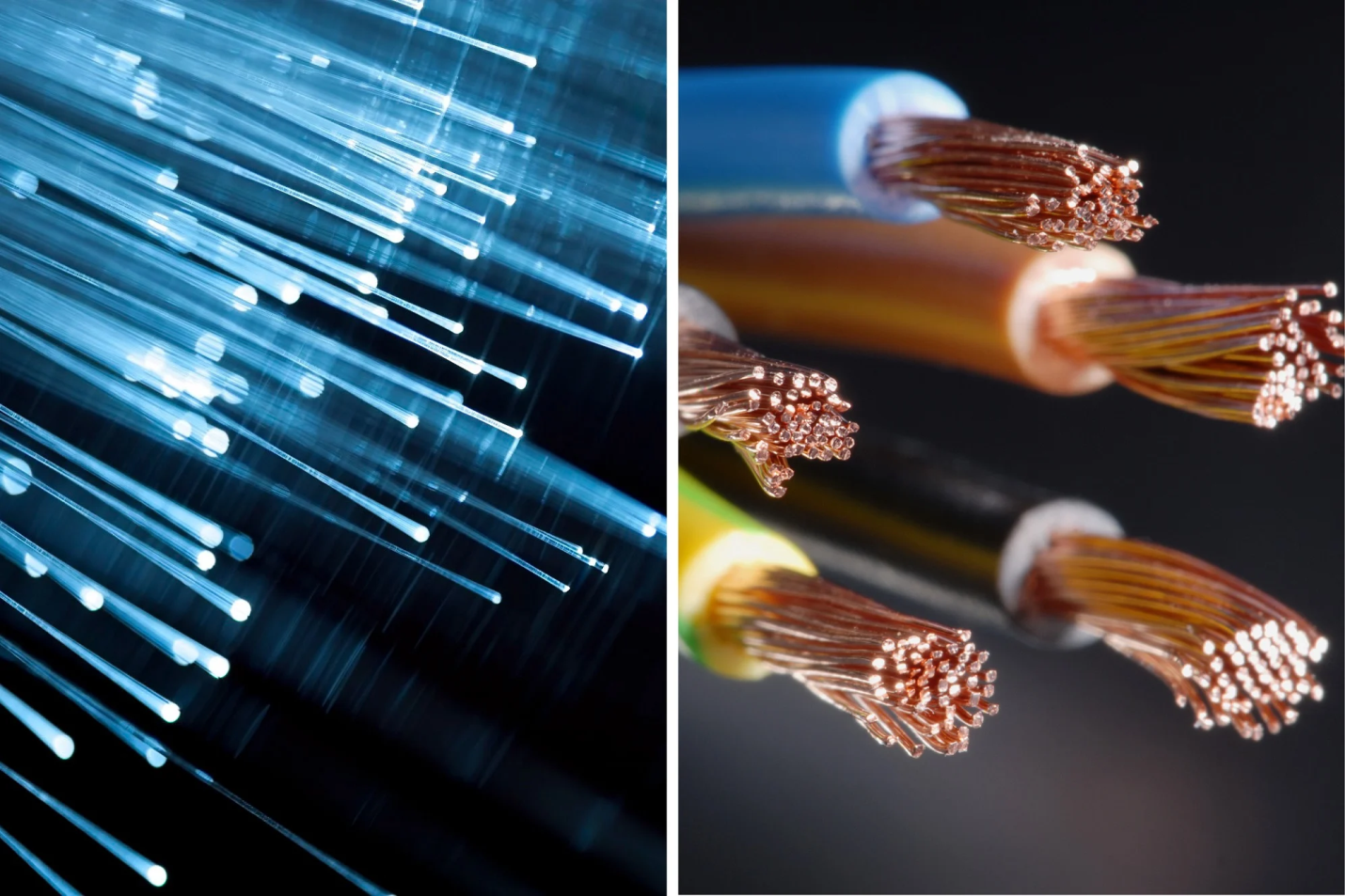The IT landscape is always known to constantly evolve. This is because new technologies and models informed by the need to address previous challenges always come up. A very prime example is the transition from copper to fiber optic cabling.
Although the much-advanced fiber optic network cabling did not become commercially viable until the late 1970s, its developmental timeline dates back much earlier. For more information on its developmental timeline and not just when it became commercially viable, you can visit: https://www.ecmag.com/.
This article delves into why it is and should be chosen over the copper alternative when the need for network cabling solutions arises. So, read on to stay informed.
The Case for Choosing Fiber Optic over Copper Network Cabling
Cost is the major influencing factor when copper is chosen over fiber optic cabling. This is considering that the material and installation costs are a lot cheaper. However, this is not a thorough assessment of even the cost factor. For example, it is nowhere near as reliable as the fiber optic cabling option as several of the points discussed here will touch on:
1. Higher Bandwidth
The reliability of an internet connection is dependent on several things. Some of them include:
- Traffic
- Hardware Quality
- Signal Strength
- Interference
- Weather Conditions
- Routing Efficiency
The list goes on but it should be noted that some of them are more influential than others. Bearing this in mind, network bandwidth is high on the list of the most influential factors.
This is considering how it determines how much data is transmitted at a go. In other words, how fast or slow data transfer happens is largely a result of bandwidth. Having made this clear, fiber optics are miles ahead of copper in this regard. So, it offers a great deal of reliability in this regard.
2. Enhanced Signal Quality
The accuracy of data transmission is especially determined by signal quality. This is also to say that below-par signal quality would cause any or many of a wide range of issues, including disconnections, packet loss, errors, and generally reduced reliability.
Choosing a reliable network cabling solution is key to avoiding the difficulties brought about by poor signal quality. Against this backdrop, fiber optic is a better choice compared to copper network cabling.
For one, this is because it is not as susceptible as copper cables to interferences responsible for poor signal strength. These include RFI (radio frequency interference) and EMI (Electro-Magnetic interference). You can read this article for more information on both kinds of interference.
3. Distance
There are several scenarios where data has to be transmitted over very long distances. A prime example includes campuses and even large buildings. Well, copper network cabling is certainly not one for the occasion in such scenarios.
This is down to several things with signal attenuation being one of the notable ones. Signal attenuation is the technical term explaining how signals may experience degradation over time, especially when used over long distances.
It is something very likely to happen when copper cabling is used over long distances. However, there are other concerns as well with EMI interference (as mentioned above) being one of them. This kind of interference which adversely affects signal quality is more likely to set in when copper cables are used for network transmission over long distances.
So, it is just better to opt for the more reliable option. This is especially true if the network solution is to be used over a long distance.
4. Faster Transmission
Understanding how both options facilitate data transmission is the key to understanding which is better. Electrical signals are used for data transmission in the case of copper cables. On the other hand, light is what is used in the case of fiber optic and you know what they say about the speed of light.
The very significant speed advantage that fiber optic cables have helps in resolving many issues associated with data transmission. One such is low latency.
As a result, fiber optic network cabling has a lower latency rate compared to the copper alternative. So, it is the ideal network cabling solution for those who need a guarantee of reliable data processing (especially) in real time.
5. Security
Data can be compromised in several ways. One such is tampering with the network cabling solution used.
On this note, this is a lot more possible with copper than fiber optic cables. In the case of fiber optics, signal tapping without signal disruption is almost impossible. As a result, you can be aware when something fishy is going on.
Conclusion
These five reasons discussed here and several others are why choosing fiber optic instead of copper cabling for your network solution is a smart move. However, the quality of your network setup would also be dependent on the service provider hired for this task.
To this end, there are several yardsticks for making an informed choice. One such is choosing an option that understands the local terrain. For example, if you need network cabling in Orange County, choosing a service provider known to offer its services in Orange County is a smart move. This would also help in areas such as securing the right permits.
Other crucial selection yardsticks include product and service warranty & guarantees, installation expertise, support & maintenance, and several others. So, ensure that a very informed choice is made when the need arises.



